LVAD System Overview
Get to know the HeartMate 3 LVAD
The HeartMate 3™ LVAD is the most advanced LVAD yet. It uses Full MagLev™ Flow Technology, which helps protect the blood as it flows through the pump.
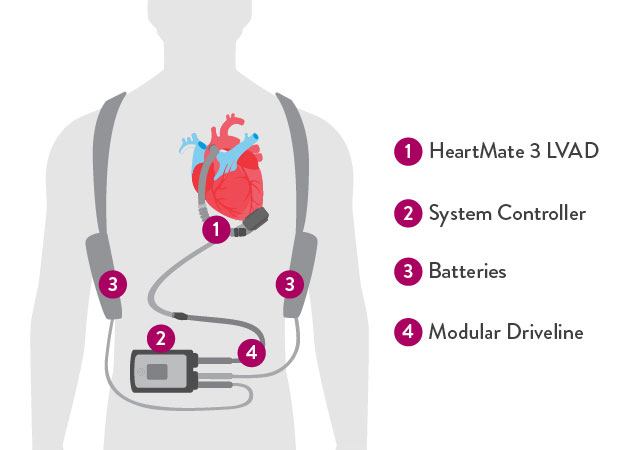
1. HeartMate 3 LVAD
Connected to the left side of the heart and moves oxygenated blood from the left ventricle to the rest of the body.
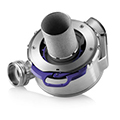
2. System Controller
Powers and controls the LVAD and is small enough to fit in a pocket. Includes emergency battery backup.
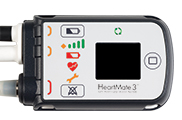
3. Batteries
Provide up to 17 hours of uninterrupted power.
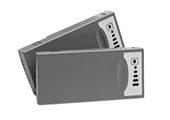
4. Modular Driveline
Facilitates simple replacement of externalized portion.
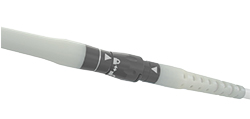
5. Mobile Power Unit (MPU)
Plugs into an electrical socket to provide power while indoors, at rest or asleep. Small, lightweight and mobile, the unit is designed to be extremely durable.
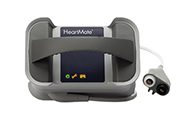
Learn about the benefits of the HeartMate 3 LVAD for your heart failure patients.
System Set-Up
This video describes how to inspect and prepare each of the components used in the implant procedure of the HeartMate 3 LVAD.
Setting up the System Controller
This video shows how to set up the system controller for the HeartMate 3 LVAD.
HeartMate Touch Communication System for LVAD Patient Management
The HeartMate TouchTM Communication System is an intuitive and user-friendly tool used for left ventricular assist device (LVAD) patient care, offering clinical independence in LVAD patient management. The system provides flexibility, security and clinically relevant information to help manage your HeartMate LVAD patient.
Features
Streamlined displays
Three user-friendly display views that provide the critical clinical information for focused decision making for heart failure patients
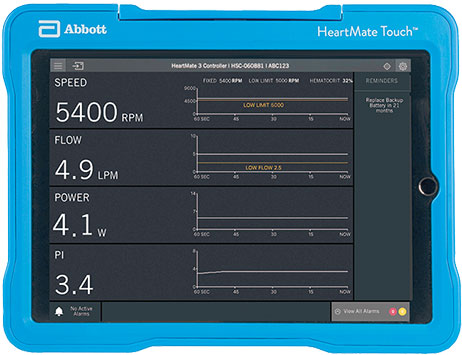
Real-time trends and reporting:
Clinical information and reporting, in real-time
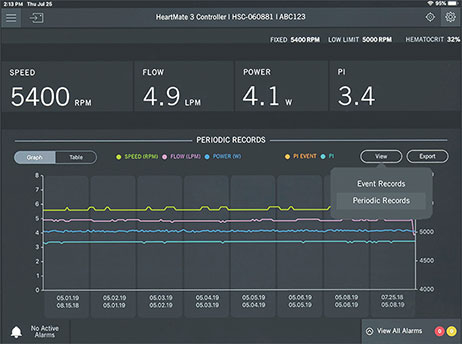
Alarm counters and checklists:
Helps you identify important patient management factors and easily keep track of implant tasks
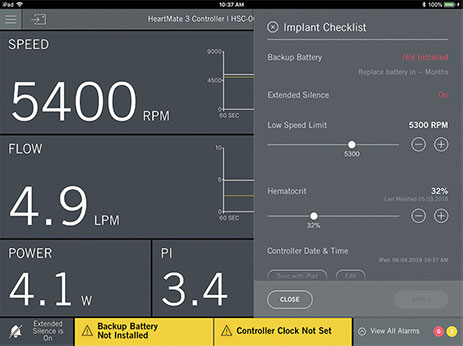
About the HeartMate 3 Implantation Coring Tool
The HeartMate 3 Coring Tool is a single-use accessory that provides an alternate option for surgeons during the implantation surgery of the HeartMate 3 Left Ventricular Assist Device (LVAD). This surgical enhancement tool is compatible with all HeartMate 3 Apical Cuffs, offers extended reach and stability during left ventricle coring, and simplifies the steps to resect the myocardial plug prior to inserting the HeartMate 3 Inflow Cannula.
Abbott is committed to providing innovative products to give surgeons alternatives when implanting the HeartMate 3 LVAD.
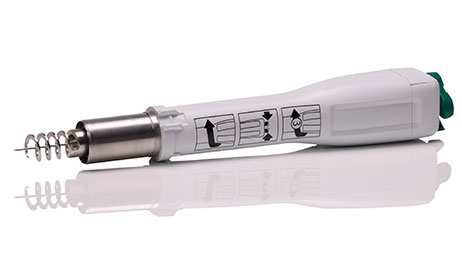
The HeartMate 3 Coring Tool provides a means to resect a plug of myocardium up to 21mm in thickness from the left ventricle, which allows for HeartMate 3 LVAD Inflow Cannula insertion.
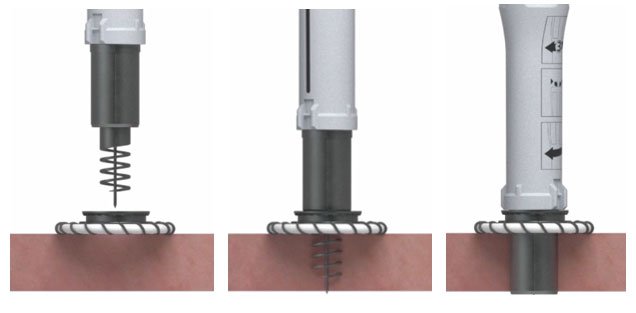
HeartMate 3 Coring Tool Offers Enhancements to LVAD Implantation
This short video offers a simple animated demonstration of the HeartMate 3 Coring Tool and describes the three simple steps to proper use.
HeartMate Touch Communication System Overview
The HeartMate Touch Communication System is intended for use by clinicians in the hospital to wirelessly monitor a patient’s HeartMate IITM Left Ventricular Assist System or HeartMate 3 Left Ventricular Assist System. The HeartMate Touch Communication System is required during implant procedures and any time close monitoring of system operation is needed. It provides clinicians with the ability to program system parameters such as pump speed, assess and track alarm conditions, and view and save performance data.
MAT-2107270 v5.0
